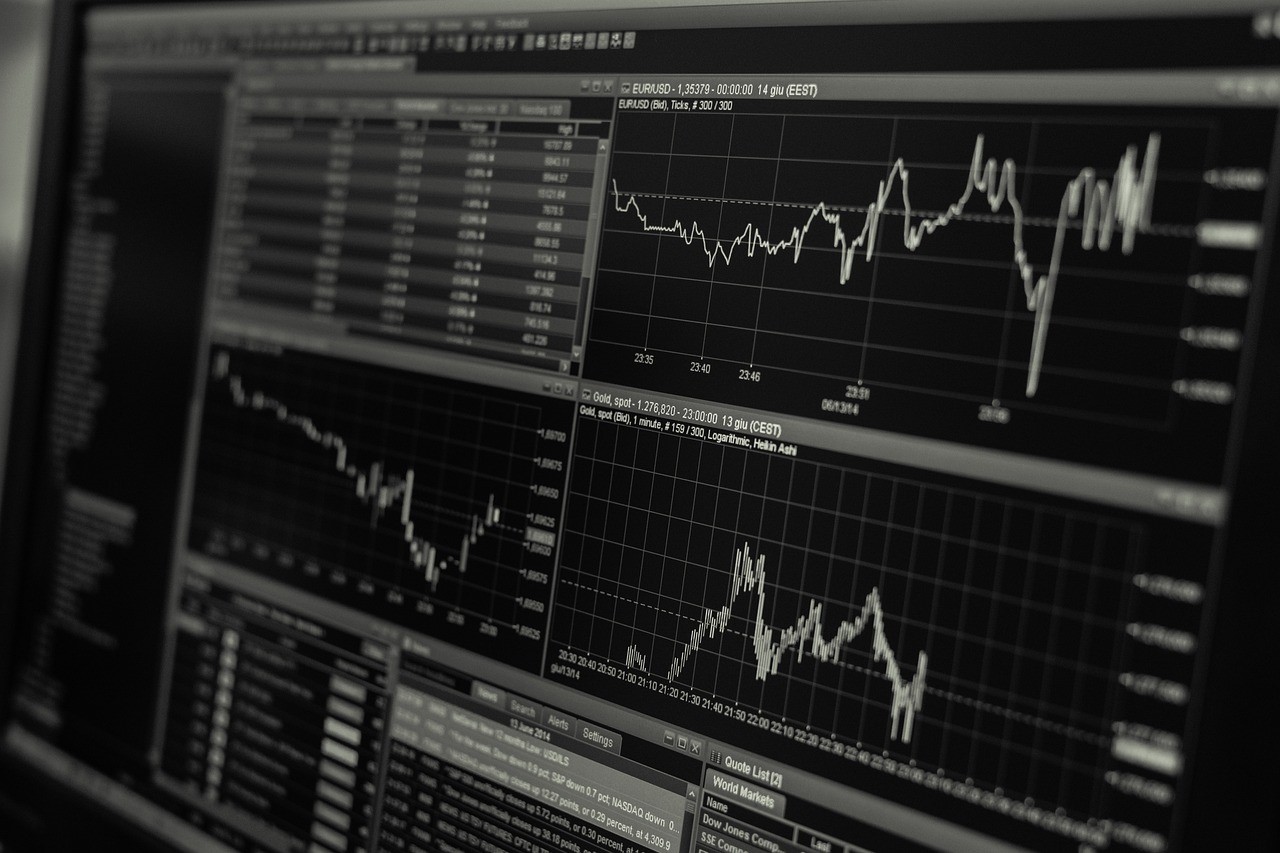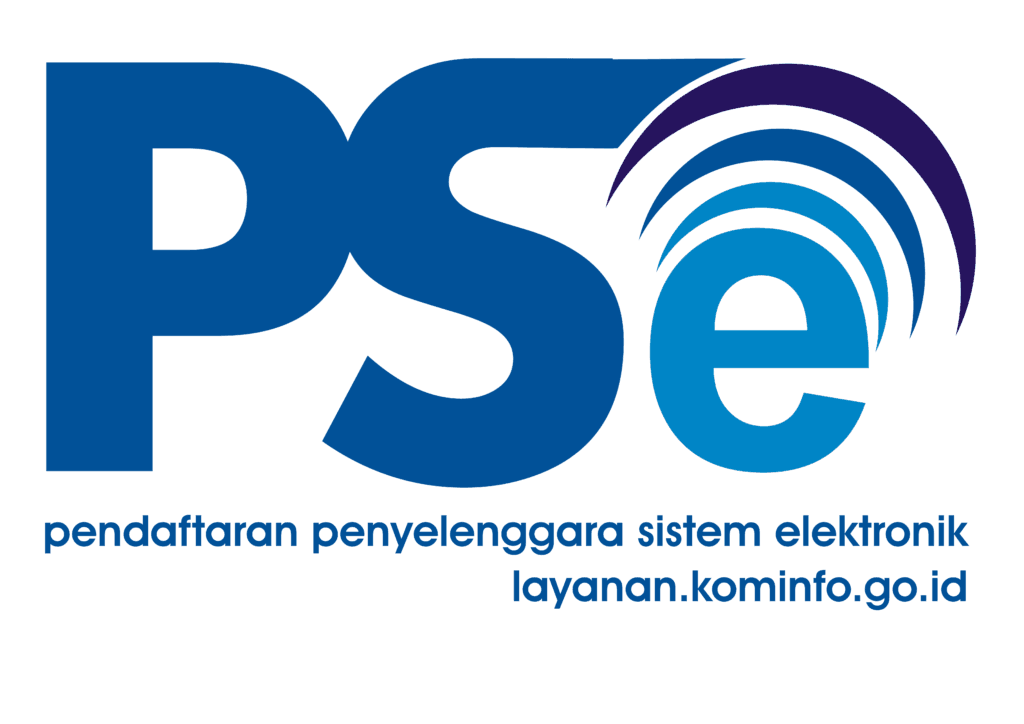
- Coal is frequently damaging the environmental, while nuclear is rare but potentially devastating event when it happens.
- Comparation nuclear and coal in environment, construction, Operational and Maintenance, Efficiency and Production Capacity.
- Return on Investment of nuclear can be very profitable in the long term, while Coal-Fired tends to be realized more quickly.
Investments in the energy sector are crucial strategic decisions for both economic growth and environmental sustainability. This article compares two prominent types of power plants: nuclear power plants and coal-fired power plants. It analyzes the return on investment (ROI) of these two power generation methods, taking into account factors such as construction costs, operational and maintenance expenses, and environmental impacts.
Economic Analysis of Environmental Damage from Nuclear Power Plants vs. Coal-Fired Power Plants
There are significant differences in the environmental impact and associated costs of nuclear power plants and coal-fired power plants. Coal-fired power plants heavily contribute to air pollution by emitting CO2 and particulate matter, leading to substantial public health costs and environmental degradation.
The economic burden of treating respiratory diseases, mitigating acid rain, and addressing climate change impacts can amount to billions of dollars annually. Additionally, coal mining and ash disposal further strain the environment and public finances. In contrast, nuclear power plants emit virtually no greenhouse gases during operation, resulting in a smaller immediate impact on air quality and climate change.
However, the potential economic consequences of nuclear accidents, though rare, can be catastrophic. The costs associated with nuclear accidents, such as those at Chernobyl and Fukushima, include massive clean-up efforts and long-term health impacts, as well as the displacement of communities and loss of arable land, all of which can amount to hundreds of billions of dollars.
Baca Juga
- How Perspective of Indonesia’s Bebas Aktif to Radioactive
- Nuclear More Popular For Energy In Deep Space
Furthermore, the long-term storage and management of radioactive waste impose significant ongoing economic burdens. Therefore, while coal-fired power plants cause more frequent and widespread environmental damage with large cumulative costs, nuclear power plants are equally at risk.
The Chernobyl accident was a rare but potentially devastating event, and could have been prevented with new technology and highly oversight. It doesn’t work with coal-fired power plants, new technology still hasn’t cumulative impact to carbon release by its exploration or even it is production.
In order to move into clean and sustainable energy nuclear power plants is the one options based on what it produce reliable energy and clean. At the end, the option is try to mitigate climate or keeps producing carbon that related to global warming.

Environmental Impact
1. Nuclear Power Plants:
- Nuclear power plants produce no greenhouse gases during operation, making them environmentally friendly in terms of CO2 emissions.
- The major challenge is managing radioactive waste, which requires special handling and poses significant risks.
2. Coal-Fired Power Plants:
- Coal-fired power plants produce CO2 and particulate matter, which have adverse effects on the environment and human health.
- While technologies like Carbon Capture and Storage (CCS) can reduce emissions, they add to both investment and operational costs.
Construction Costs
1. Nuclear Power Plants:
- The construction costs for nuclear power plants are significantly high, averaging between $6 billion and $9 billion per gigawatt of capacity.
- The construction process is lengthy, often exceeding 10 years, which can lead to increased costs due to inflation and interest on loans.
2. Coal-Fired Power Plants:
- Construction costs for coal-fired power plants are generally lower, averaging between $2 billion and $4 billion per gigawatt of capacity.
- Construction is usually faster compared to nuclear plants, typically taking between 4 and 6 years.

Operational and Maintenance Costs
1. Nuclear Power Plants:
- Operational costs are relatively low because nuclear fuel is inexpensive and its price remains stable over the long term.
- However, maintenance and radioactive waste management costs are high. Additionally, safety and regulatory compliance contribute significantly to the overall cost burden.
2. Coal-Fired Power Plants:
- Operational costs tend to be higher due to fluctuating and generally increasing coal prices.
- While maintenance and waste management costs are lower compared to nuclear plants, expenses for complying with stringent environmental regulations can be substantial.
Efficiency and Production Capacity
1. Nuclear Power Plants:
- Nuclear power plants have very high energy conversion efficiency, often exceeding 90%.
- They can operate almost continuously with a high capacity factor, providing consistent electricity generation.
2. Coal-Fired Power Plants:
- The energy conversion efficiency of coal-fired power plants ranges from 30% to 40%.
- Their capacity factor is lower, as coal plants frequently shut down for maintenance and adjustments based on electricity demand.
Baca Juga

Return on Investment (ROI) Of These Sector
1. Nuclear Power Plants:
- ROI can be highly profitable in the long term due to low operational costs and stable fuel prices.
- However, the financial risk is high due to substantial initial costs and potential construction delays. Additionally, public opposition and high costs can affect investment.
2. Coal-Fired Power Plants:
- ROI is typically realized more quickly due to lower initial costs and faster construction times.
- However, ROI can be influenced by coal price volatility and additional costs required to meet environmental regulations.
In the short term, investments in coal-fired power plants might seem more attractive due to lower initial costs and quicker ROI. However, over the long term, nuclear power plants may offer more stable and profitable returns, particularly when considering their low operational costs and greater environmental benefits.
#zonaebt #sebarterbarukan #ebtheroes
Editor: Savira Oktavia


